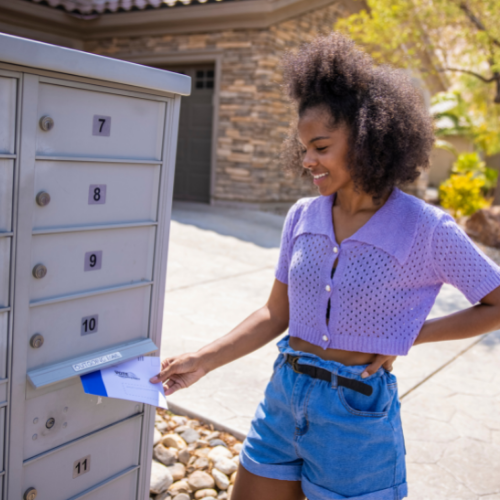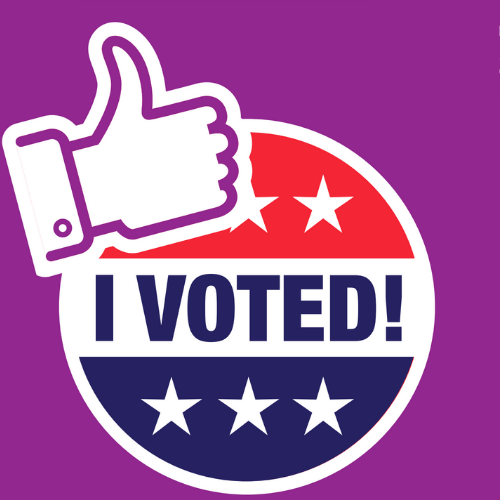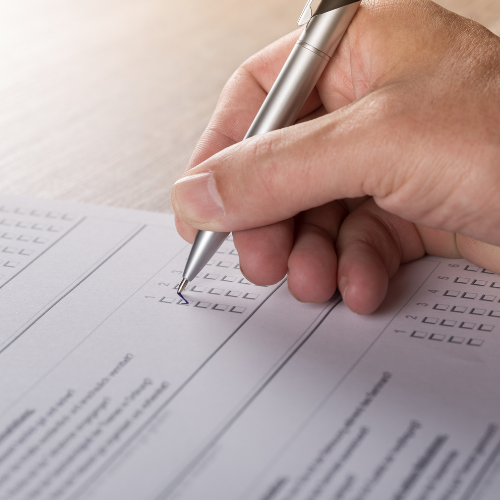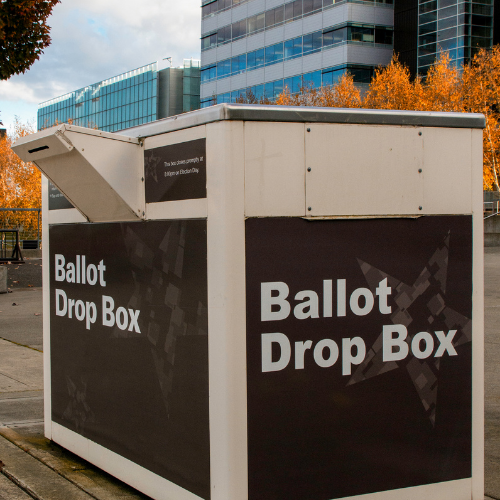Policy-makers disagree on the merits of mandatory vote-by-mail. Many of these debates hinge on whether mandatory vote-by-mail advantages one political party over the other. Using a unique pairing of historical county-level data that covers the past three decades and more than 40 million voting records from the two states that have conducted a staggered rollout of mandatory vote-by-mail (Washington and Utah), researchers used several methods for causal inference to show that mandatory vote-by-mail slightly increases voter turnout but has no effect on election outcomes at various levels of government. Their results find meaning given contemporary debates about the merits of mandatory vote-by-mail. Mandatory vote-by-mail ensures that citizens are given a safe means of casting their ballot while simultaneously not advantaging one political party over the other.
MIT Demographics on Voting at Home
The tables here address the following questions:
Who voted by mail in the 2016 presidential election, by salient demographics (i.e., age, race, education, income, partisanship)?
Who supports expanded voting by mail?
How do people return mail ballots?
Colorado Voting Experience
Imagine the perfect voting experience. You drop by the polling place on the way to work or school. The line is moving quickly, so it doesn’t take more than a few minutes to get to the check-in desk. Once there, your registration is rapidly verified, and you’re handed a ballt by a friendly face. No one hassles you; no one unfairly questions your eligibility. You step aside to a private booth, fill out the form, and have it easily scanned. You get a receipt — and the cherished “I voted” sticker. The whole transaction takes about five or 10 minutes. Upon leaving the site, you not only experience that frisson that reminds you you’re a part of something bigger — civic pride — but also leave there in time to drop off the kids at school and make it to work on time.
Or maybe you skip the drive altogether and mail in your completed ballot after having received it in the mail. Or you thought about your choices for months but voted and returned your ballot in a matter of minutes on Election Day. In many ways, it’s a day like any other: you carry on with your duties as you otherwise would. In another way, though, it’s a special and unique experience; you participated in an act that for many was hard-fought and hard- won, that is a guaranteed right to you as a citizen, and that helps direct the course of the nation. You voted. And, because of that, you got to be one of the country’s critical decision-makers.
It may not yet be the norm, but in Colorado, and in states with more in-person and at-home voting options that resemble the above processes, a comprehensive elections model ensures an experience that benefits both voter and administrator alike. And it boosts turnout.
Does Mail Voting Cause Voters to Gather Information About Politics?
This paper finds that voters who obtain their ballots by mail tend to be more informed than voters who vote at polling places because they are given more time to review their ballots and research candidates and issues. As such, voting from home, or voting by mail, results in a more informed electorate.
Mail Ballot Return Choices
This purpose of this report is to share research done by the National Vote at Home Institute (NVAHI) during the summer of 2018 into how true “Vote at Home” (VAH) jurisdictions operate when it comes to managing and driving voter behavior across the three major ballot return methodologies.
Colorado Voting Reforms: Early Results
Significant changes to Colorado election law necessitated an overhaul of the state’s voting process. The Voter Access and Modernized Elections Act of 2013 mandated that mail ballots be sent to every registered voter for most elections; eliminated assigned polling places while establishing voter service and polling centers where any voter in a county can cast a ballot—either early or on Election Day; authorized in person same-day registration; and shortened the state residency requirements for voter registration.
The Pew Charitable Trusts funded research on the impact of these changes, and although study of future elections is needed to better evaluate the effects, initial findings include:
- Costs decreased by an average of 40 percent in five election administration-related categories. The 46 (of 64) counties with data available spent about $9.56 per vote in the 2014 general election, compared with nearly $16 in 2008.1
- The use of provisional ballots declined nearly 98 percent. In the 2010 general election, voters in the state cast 39,361 provisional ballots. In 2014, that number dropped to 981.
- Nearly two-thirds of voters in the 2014 general election said they returned their ballots in person, rather than by mail. Of these voters, almost 80 percent said it took them less than 10 minutes to get to a designated location, usually a drop box.






